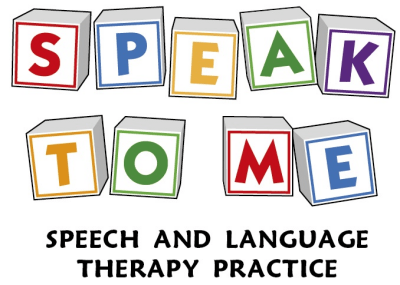Understanding Bi-lingual Language Development for Children
- 21 February 2018
- Beth Laurenson
What is Bilingualism?
A person who can use two languages is bilingual. They may be more advanced communicators in one language than in another (the dominant language), and may use different languages in different environments. Over time a person’s skills in each language may alter due to practice and use, and the dominant language may change.
The earlier the better:
While a specific “critical period” for language learning has not be identified, it is generally agreed that the earlier a child is exposed to their second language, the better. There is some evidence that the younger a person learns their second language, the more proficient and “native-like” their language becomes (Abrahamsson & Hylenstam, 2009; Birdsong & Molis, 2001). Your child may learn two languages simultaneously in the home, or begin to learn their second language when they start kindergarten.
Bilingualism and language development:
It is a common misbelief that learning two languages will confuse children and cause language delays (Hoff & Core, 2015). Bilingual children say their first words between the ages of 1;0 and 1;6 and begin combining words to make two- word phrases between the ages of 2;0 and 2:6 years. They may develop language at the same as their monolingual peers or it can be completely normal for them to show a slight delay. Their vocabularies develop at roughly the same rate as monolingual children, however, this may be divided between the two languages (e.g. a 2;0 year old monolingual English speaker may have 200 words in their vocabulary, while a 2;0 year old bilingual English-Mandarin speaker may have 100 words in Mandarin, and 100 words in English) (ASHA, n.d.; Byers-Heinlen & Lew-Williams, 2013).
Bilingualism for all children:
Bilingualism may provide children with cognitive, social and academic benefits, and is appropriate for all children regardless of cognitive abilities (Gándara, 2015; Hoff & Core, 2015; To, Law & Li, 2012). If a bilingual child presents with a language disorder, it should not be recommended that the child becomes monolingual to make it easier for them to learn language. On the contrary, parents should be encouraged to speak to their children in their native language (or using both languages if two languages are already used in the home). Parents may be able to better provide rich language learning interactions when communicating with their children in their native language (Hoff & Core, 2015).
Code switching and silent periods:
A child may present with a “silent period” when their second language is introduced. During this time in is likely that the child is listening and increasing their understanding of the language.
Children who are learning two languages may combine words from both languages when saying a sentence, or may switch between languages during a conversation; this is known as code switching (ASHA, n.d.).
In conclusion, bilingualism should be encouraged early, and is appropriate for all children regardless of language abilities. Bilingualism does not cause language delay; however, children who are learning two languages may appear to develop language more slowly their monolingual peers as they are building up two languages rather than one. Bilingualism may provide children with cognitive, social and academic benefits.
References:
Abrahamsson, N., & Hyltenstam, K. (2009). Age of onset and nativelikeness in a second language: Listener perception versus linguistic scrutiny. Language Learning, 59(2), 249-306.
ASHA. (n.d.). Learning two languages. Retrieved from http://www.asha.org/public/speech/development/BilingualChildren/
Birdsong, D., & Molis, M. (2001). Regular article: On the evidence for maturational constraints in second-language acquisition. Journal Of Memory And Language, 44(2), 235-249.
Byers-Heinlein, K., & Lew-Williams, C. (2013). Bilingualism in the early years: What the science says. LEARNing Landscapes, 7(1), 95-111.
To, C. S., Law, T., & Li, X. (2012). Influence of additional language learning on first language learning in children with language disorders. International Journal of Language & CommunicationDisorders, 47(2), 208-216.
